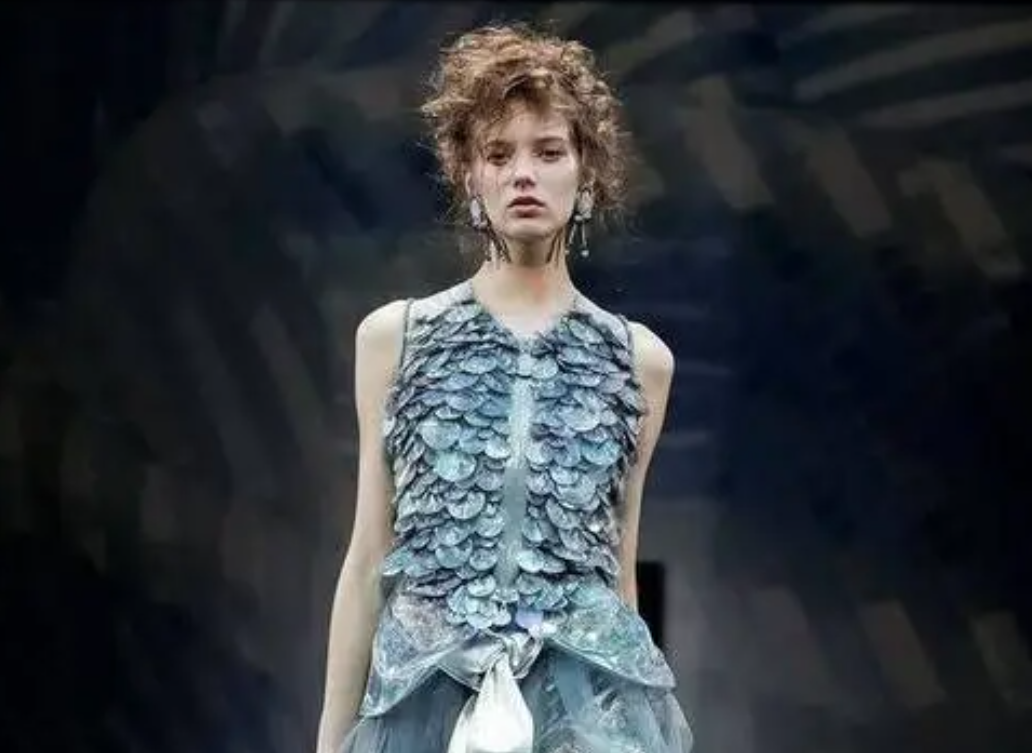
Whether in Hollywood, the art world or the fashion world, "Muse" is one of the most visible social identities for women.
From being objectified to being in power, from bringing inspiration to mutual achievement, from a single image to increasing richness, the meaning of the word "Muse" has become more inclusive over time.
During the long period of human society dominated by patriarchal power, beautiful and attractive women were often regarded as "MUSES" by men with power.
What is a Muse?
In the words of ancient Greek mythology, "the Muse often appears in the gathering of gods or heroes, singing and dancing, showing style, bringing a lot of pleasure and joy to the party."
Since the late 1920s, Hollywood has entered a "golden Age."
Women, or rather the female body, became a kind of increasingly popular objectification of women, which culminated in Marilyn Monroe's time in the 1950s.Monroe conquered Hollywood with her sexy image in the noir thriller film Fall and Fall, and the comedies "Gentlemen Prefer Blondes" and "How to Marry Rich" portrayed her as a "gold-digger blonde".
In 1953, against her will, she became the first cover of Playboy magazine.
The dress she wore to John F. Kennedy's birthday party to sing "Happy Birthday, Mr. President" created one of the most memorable moments in pop culture history, when politics and show business even linked American patriotism to nudity.
Some philosophers and sociologists have tried to explain the process of "objectification of women". According to Simone de Beauvoir, women are taught from an early age by society to please others, and it is society and its conventions that define and impose this so-called "femininity" on women.
In fact, when a woman is looked at in our society, she knows that her appearance is being judged, or respected, or desired.
This affects women far more than men, and a woman's appearance is directly related to self-esteem.
Audrey Hepburn, who was at the same time as Monroe, was not the typical sweet girl image popular in Hollywood, she was thin, witty, eyebrows were very thick, and even had a "tomboy" style, but it was unforgettable.
She danced ballet and had a strict Victorian education.
In 1953, she became famous for her role in Roman Holiday, but she still couldn't be compared to the famous Katharine Hepburn, which is why when Hubert de Givenchy was asked to design the costumes for the film Sabrina, he assumed that it was Katharine Hepburn. He refused her request.
According to fashion history, Audrey Hepburn invited Givenchy to dinner, "which was surprising for a cultured young girl."
When the meal was over, Givenchy was smitten and offered to invite her back to the house the next day. So, in "Dragon and Phoenix," Audrey Hepburn elegantly wore a little black dress with embroidery.
The feature film won an Oscar for Best costume, and Audrey Hepburn became Givenchy's Muse and friend.
She was dressed by Givenchy in several subsequent films, including the famous "Little black dress" in Breakfast at Tiffany's.
The elegant chic feminine style of Hollywood created by Audrey Hepburn was also born, and together the two created fashion classics including pearl necklaces, sleeveless dresses and long black gloves.
And off the screen, compared with the traditional Muse, Audrey Hepburn jumped out of the world of bling, to a wider world.
In 1988, she served as UNICEF's Special Ambassador for Africa and Latin America, making about 50 study trips to Sudan, Venezuela, Ethiopia, Somalia and other places until 1992.
Givenchy tailor-made her costumes for films, red carpet dresses, and even dresses for her two weddings; She also participated in designer fashion shows and made a great contribution to the prestige of the brand with the elegant Hollywood female image she created.
When Audrey Hepburn died of colon cancer on January 20, 1993, and Givenchy attended her funeral, the story ended, but the classic moment lives on.
When it comes to the MUSES of the art world, Edie Sedgwick is a name that has to be mentioned.
Her free, beautiful and tragic charm of a rich Girl attracted the attention of two artists, Andy Warhol and Bob Dylan, and became the representative figure of the Factory Girl, appearing in many of Warhol's experimental films and being called "Youthquake" by American VOGUE.

